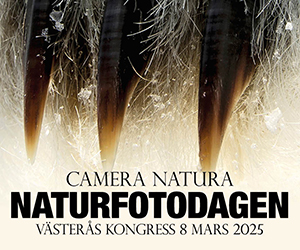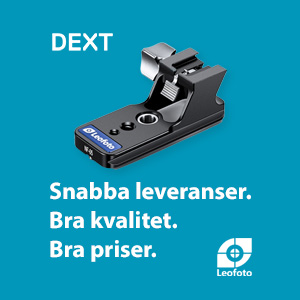Fasdetekt-AF i bildsensorn finns redan och det är inge optimal lösning och fungerar långt ifrån så bra som fasdetekt-AF i DSLR...tex Fuji använder sig av det i vissa modeller och det har visast sig att det endast ok i bra ljusförhållanden men så fort ljuset tryter så fungerar det väldigt dålig(sensorena får för lite ljus till sig i en sådan lösning/konstruktion) och kameran slår över till kontrast-AF.
Det är svårt att se skillnaden i lösningarna i det som skrivs i länkarna. Om jag fattar Fuji-exemplet rätt så gäller tekniken där deras CCD-er i kompakter och de har koncentrerat sensorerna i centrum av sensorn. De har som du säger en autoswitch i svagt ljus och kallar sin AF hybrid då den ibland väljer fasdetekt och i andra fall går över till kontrast med automatik.
Kollar man Sony-papperna så finns ingen sådan skrivning vad jag kan se (men jag kan ha missat det för jag är lite trött idag) Det verkar dock som om kablaget ligger mellan microlinser och receptorer så det ser ju inte så speciellt bakbelyst ut direkt. Det står inget om att AF-receptorerna skulle vara koncentrerade enbart till centrum av sensorn men det framgår inte heller vad det är som skiljer Sonys patent från det Fuji tagit fram:
Citat från Sonypapperna:
" In the arrangement of the ordinary pixels 110, the microlenses ML are provided above respective photoelectric
converters (photodiodes) PD disposed at a pitch α in the horizontal direction. Three metallic layers, more specifically,
a first metal 41, a second metal 42, and a third metal 43 disposed in that order from the top), are disposed between the
microlenses ML and the photoelectric converters PD." (slut citat)
citat från Fuji-artikeln i Dpreview:
"Although he wouldn't be drawn on the exact arrangement he does give some detail: 'The AF sensels are only arranged in the center area of a CCD, so when phase detection AF is activated the AF point is fixed to the center of an image.'
Of course this means some sensels are receiving 50% less light than their neighbours. Yamashita suggests it need not be a big problem: 'we use several tens of thousands of pixels in the center area of a CCD, which is a very small number of pixels compared to the 12 megapixels used for imaging.' And, he says, they don't simply go to waste when taking pictures: 'sometimes they are used to compose image data and sometimes not, depending on the situation.'
In low light where there isn't enough light to allow phase detection (since the focus sensels are only receiving half the available light) or when face detection is needed, requiring the camera to focus away from the center point, the camera switches back to contrast detection AF. As such the company is billing the system as 'Hybrid AF,' but that shouldn't disguise what is a potentially significant development for compact cameras. We'll be interested to see how the promise of this system works when we get a chance to subject it to testing." (slut citat)









